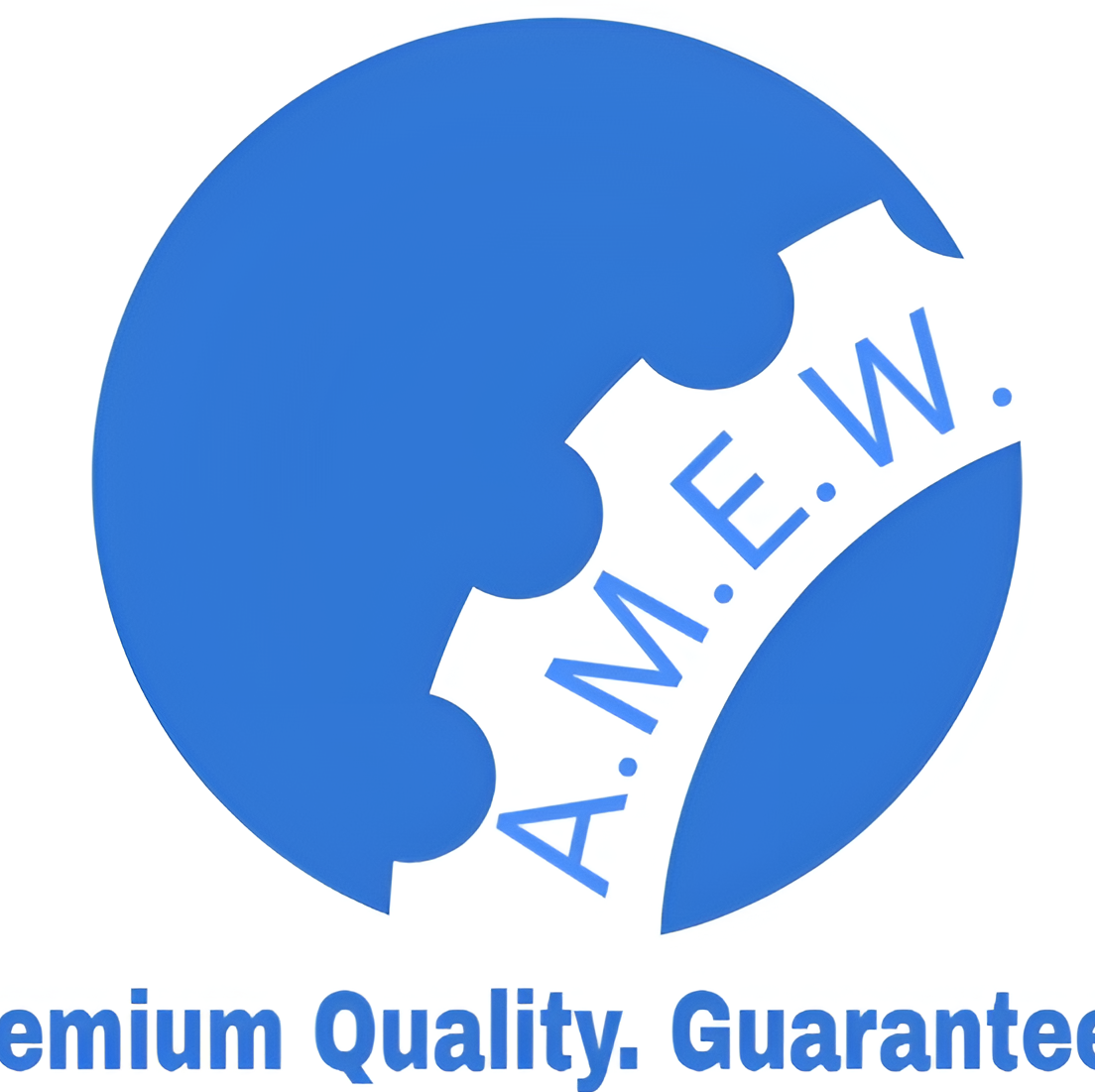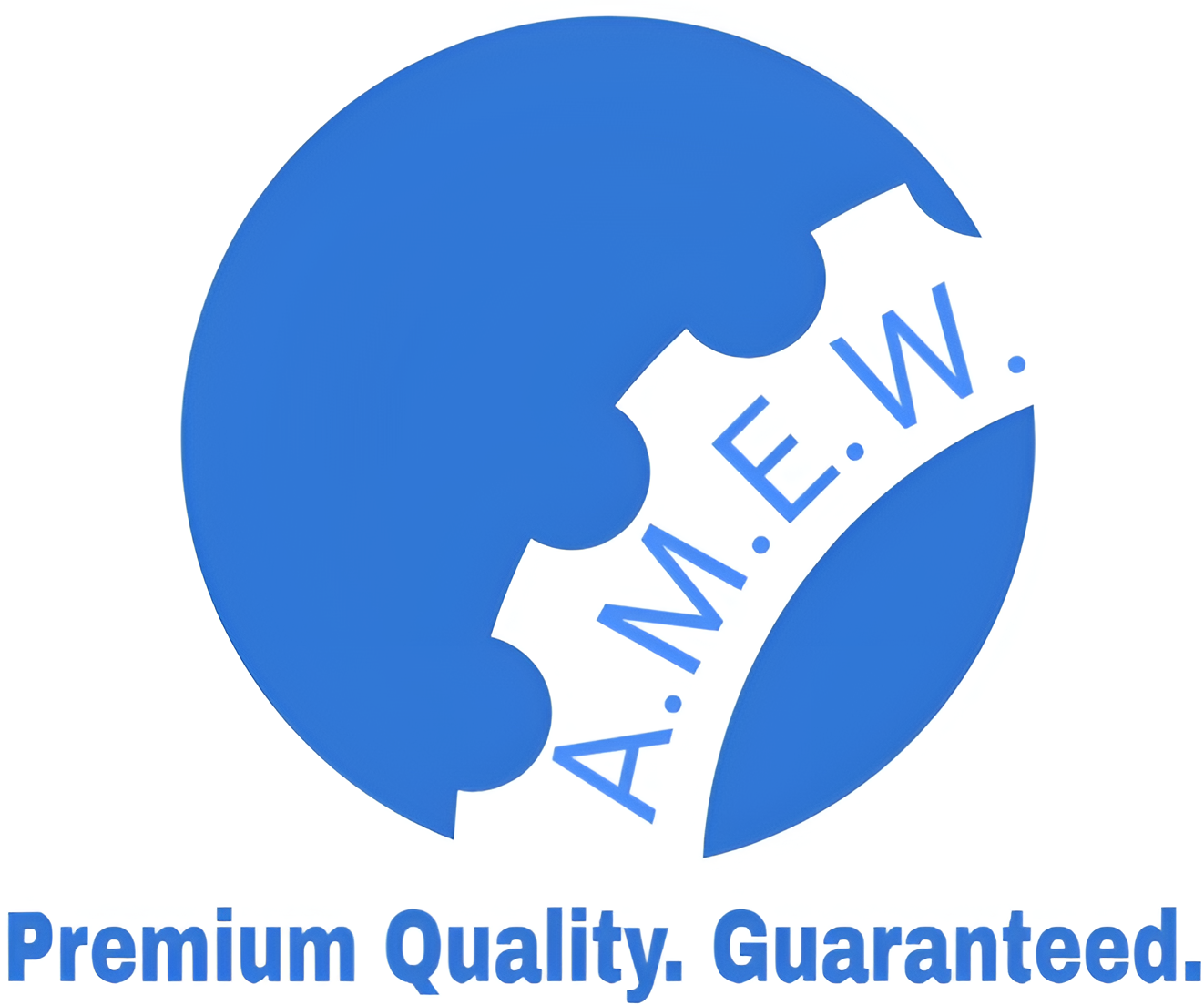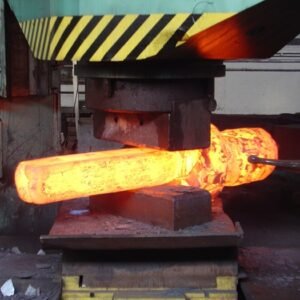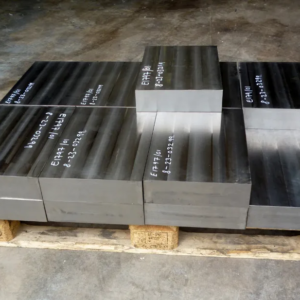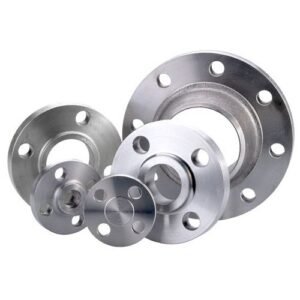
Description
Introduction
- Begin with a strong opening defining precision steel pipe as a vital component in industries ranging from construction to aerospace.
- Highlight what sets precision steel pipes apart from standard pipes, focusing on their high-tolerance, strength, and durability.
- Discuss how the growing demand for efficiency, sustainability, and performance across industries has made precision steel pipes essential.
- Offer a brief overview of what the blog will cover, including manufacturing techniques, benefits, challenges, applications, and future trends.
Body Sections
1. Understanding Precision Steel Pipe
- Provide a concise definition of precision steel pipes and how they differ from standard options.
- Explain their purpose of offering superior dimensional accuracy and performance.
- Mention typical applications, such as hydraulic systems, infrastructure projects, automotive manufacturing, and pipelines.
- Assert the critical role precision steel pipes play in safety-critical industries like aerospace and oil & gas.
2. Manufacturing Techniques and Quality Control
Key Precision Manufacturing Techniques
- Cold Drawing: Explain how this method enhances surface finish and dimensional accuracy.
- Seamless Production: Highlight its application for pipes requiring high strength and pressure resistance.
- Welding: Describe its role in creating precision pipes for specific needs while balancing cost efficiency.
Quality Control Practices
- Dimensional Inspection: Explain how precision is ensured through thorough measurements.
- Tensile Testing: Showcase how strength and flexibility are evaluated.
- Non-Destructive Testing (NDT): Explain how methods like ultrasonic testing help identify flaws without damaging the material.
- Mention adhering to standards like ASTM and API to maintain reliability and safety.
3. Key Benefits of Precision Steel Pipes
– Strength & Durability
- Describe how these pipes handle high-pressure environments and extreme conditions, ensuring long lifespans.
– Dimensional Accuracy
- Discuss how tight tolerances minimize material waste during assembly and enable seamless integration into complex systems.
– Performance Efficiency
- Explain how smooth internal surfaces improve fluid flow in hydraulic systems, reduce friction, and enhance overall operation.
– Cost-Effectiveness
- Highlight reduced downtime and lower maintenance requirements, saving costs over time.
4. Challenges and How to Overcome Them
Challenges
- High Production Costs: Discuss the cost implications of advanced manufacturing techniques and high-quality materials.
- Material Limitations and Corrosion: Explain how certain environments pose challenges for steel pipes.
- Maintaining Tolerance in Mass Production: Address the difficulties in maintaining precision in large-scale production.
Solutions
- Technological Advancements: Highlight automation and robotics as means to improve efficiency.
- Sustainability Efforts: Suggest using recycled materials and optimizing raw material usage.
- Surface Treatments: Explain how coatings and treatments can overcome corrosion challenges.
5. Real-World Applications of Precision Steel Pipes
Construction & Infrastructure
- Discuss their role in ensuring structural integrity for buildings, bridges, and underground pipelines.
Automotive & Aerospace
- Explain how they’re used in exhaust systems, shock absorbers, and lightweight aircraft components.
Energy Sector
- Focus on applications in oil and gas drilling, as well as transportation of fuels in challenging environments.
Case Studies
- Share examples where the use of precision steel pipes enhanced efficiency, lowered costs, or solved industry-specific challenges.
6. Future Trends in Precision Steel Pipes
Innovative Materials
- Explore trends in using lightweight alloys and the development of corrosion-resistant composites.
3D Printing for Customization
- Discuss how additive manufacturing could allow for customized, precision-focused components.
Leveraging Digital Transformation
- Highlight technologies like AI, digital twins, and IoT for predictive maintenance and advanced quality control.
Sustainability and Green Manufacturing
- Cover the shift towards using recycled steel and eco-friendly production practices to reduce the carbon footprint.
Conclusion
- Recap the critical benefits of precision steel pipes, including their strength, accuracy, and efficiency.
- Reiterate their importance in industries from energy to aerospace and the role they play in safety and innovation.
- Encourage readers to consider how precision steel pipes can elevate their projects and give them a competitive edge.
- Conclude with a call-to-action, such as exploring your catalog, getting in touch to learn more, or consulting with your team of experts
